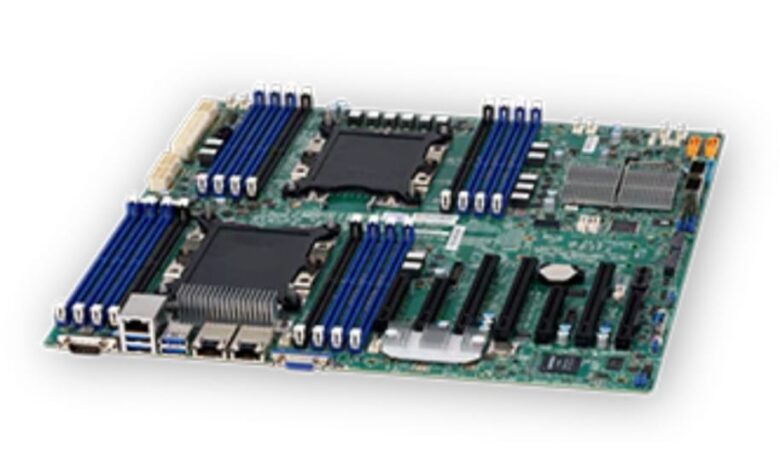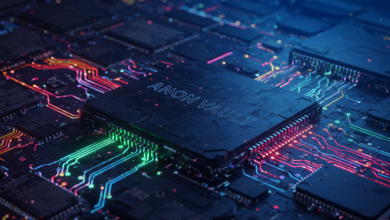SuperMicro’s Line of Green Servers

Supermicro, a leading innovator of award-winning green computing solutions and the world’s 2nd largest server manufacturer, is excited to announce its new line of servers. Supermicro provides hardware, software, and services to the world’s leading data centers. They offer a wide range of computer systems across various industries, including finance, healthcare, government, and education. The company has been around since 1993 and specializes in high-performance, reliable, customized solutions that are designed with the end-user in mind.
Services Offered by Supermicro
1. Technology Leadership
Supermicro has a long history of being at the forefront of technology. They were the first to offer blade servers and continue to be a leader in this market. Their products are designed for high availability and optimal performance. Systems can be configured to optimize storage for data-intensive applications or high-performance computing, depending on users’ needs.
Their servers are also designed with power efficiency in mind, so they meet green standards and help customers save money over time. When shopping around for a new server system, it is essential to consider what the end-user needs, and Supermicro has a solution for any need.
They offer high-density computing solutions with many servers running on one box and fully configured systems ready to go out of the box.
This is all backed by their award-winning sustainable data center service and support teams, who can help ensure everything runs smoothly from day one.
2. Design
They offer a wide range of system designs, so users can choose what they need based on their needs. Most systems are available in two form factors: full-height and low profile. They also provides rackmount servers for data centers with space limitations and blade servers that pack more performance per cubic foot than traditional server architectures allow.
Their rackmount servers are designed for high-density computing and can be configured to meet a wide range of specifications. They offer everything from quad CPUs to multi-socket systems with up to four processors in one box.
Their blades come in different flavors, so users can choose what they want based on performance requirements and space availability within the rack. They come in various configurations, including single-socket, dual-socket, and multi-node.
Their blade servers are designed to support industry-standard components like Intel Xeon processors, making them easy for technicians to maintain. The chassis also supports up to three hot-plug power supplies to be configured with redundant or nonredundant power depending on the application needs.
Their small form-factor is designed for general-purpose computing, and they offer a range of models with both one or two processors in the system. This is ideal when there are space limitations in the data center. However, users still need to run applications that require high single I/O performance, such as virtualization software, databases, web servers, and enterprise applications.
3. Assembly
They offer several assembly options to make it easy for users to get their system up and running as quickly as possible. Systems can be pre-assembled in the factory so they are ready to go out of the box, or they can be shipped unassembled with all the required components. Hence, users have more flexibility in terms of configuration.
Their unassembled systems also come with various options for storage and I/O so users can choose what they need. This is ideal for customers who have their in-house technicians to assemble the system but don’t want to hassle buying all the individual components.
4. Configuration
They offer a wide range of systems in different configurations, or users can choose which components they want and do the assembly themselves. This gives customers more flexibility when it comes to system setup.
Their blade servers come with all required components like CPUs, memory modules, power supplies (or redundant power options), hard drive trays (which will accommodate SAS or SATA drives), and I/O cards. This makes it easy for users to order the blades they need without worrying about finding compatible components.
5. Testing
Once systems have been assembled, Supermicro’s technicians conduct a battery of tests to ensure they meet their stringent quality standards before being packaged for shipment. This includes running several diagnostics on the CPUs and memory modules and testing all I/O functionality so users can be sure everything works correctly out of the box.
6. Logistics
They offer competitive shipping rates on all their products, making it easy for customers to quickly get the systems they need. They offer worldwide delivery so users can get the rackmount servers or blades wherever they are based on current stock availability.



